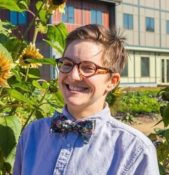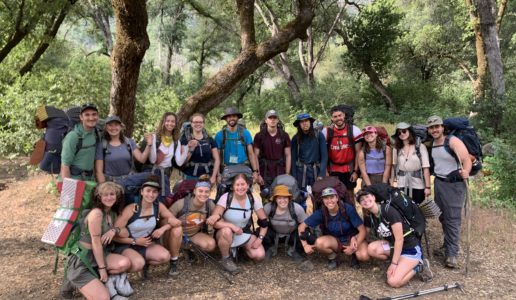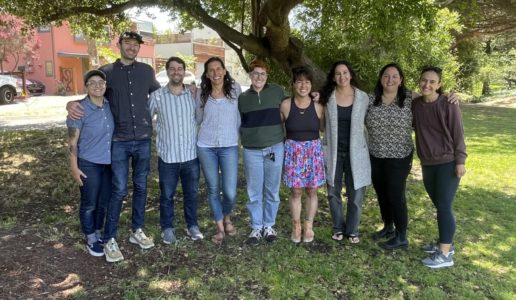A Purim Reflection: The Book of Esther and the Mystery of Names
By: Meg Adler
Names are so powerful. They connect us to our ancestors, invoke role models and mean things – for example, my mother’s name, Melissa, means “honeybee.” They can signify who is related to whom and from what culture they come (though not always, and the lines can be blurry).
Sometimes, we really dislike our names and even change them. Names can reveal who we are, and they can conceal who we are.
We all know one of the two queens of the Purim story is Esther. But did you know that Esther isn’t always called Esther?
In The Book of Esther, it’s mentioned so quickly, you might miss it: “[Mordechai] was foster father to Hadassah—that is, Esther.” Over the centuries, Rabbis, scholars, and students have interpreted what this means. Is Hadassah her real name, since it is mentioned first, and Esther, her second name – or dare I say it, a fake name? Or, is it the other way around?
Many interpretations suggest Hadassah is her Hebrew name and Esther is her Persian name. After all, no one in the royal court could tell Esther was Jewish until she declared it herself. So, maybe the name “Esther” concealed her identity.
But what if Esther’s names are both equally real? In other words, what if they just show different sides of who she was – one no more important than the other?
There is that great analogy of a bunch of people trying to describe an elephant, but everyone is only looking at a particular piece of it. One person says, “An elephant is made of ivory and is shiny and smooth,” looking at the tusk. Someone else says, “An elephant is like a big sail on a ship, but leathery” – this person is looking at the ear. The analogy goes on. No one sees the full elephant from just one view.
So too with names. Esther is Esther and Hadassah. And maybe she has even more names we don’t know about. Don’t we all have many names? Don’t we all have many sides to ourselves, just like an elephant?
For my interpretation, I’m going to take the least interpretive route and say, I just don’t know which name was first or second. Which was “real” or “fake.” All I know is they are both her and I’ll take the Torah’s word for it.
In addition to urging everyone to reflect upon just how multi dimensional we are as human beings, I want to leave you with a closing thought. The practice of Midrash, making up stories about why things are the way they are in the Torah – is exactly that, making up stories.
I’m curious about the stories we make up in our own lives to fill in the gaps of the things we do not know. We make up stories about how the world works, why we are the way we are, and what things mean. We try to conjure the entire elephant, even if we are only looking at the foot.
The reality is, the meaning of Esther’s names is a mystery. Maybe the hardest part is not finding the truth, but accepting that we’ll never know it.
Sources:
Esther: Midrash and Aggadah by Tamar Meir (jwa.org/encyclopedia)

Meg Adler is Camp Tawonga’s Assistant Director of Jewish Life & Learning and leads our Bar, Bat & B’nai Mitzvah Program. Read more about Meg here and more of her reflections here or here!
Original artwork by Letters Aligned (aka Meg!).

